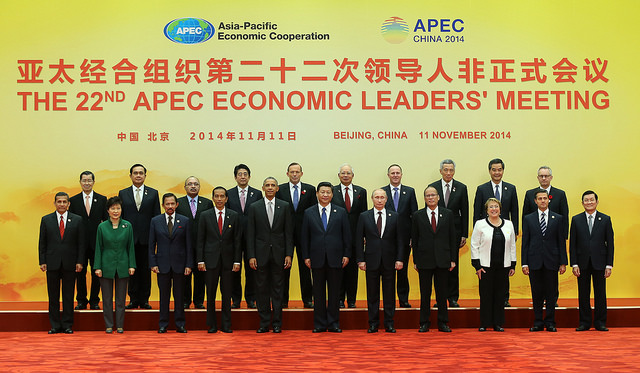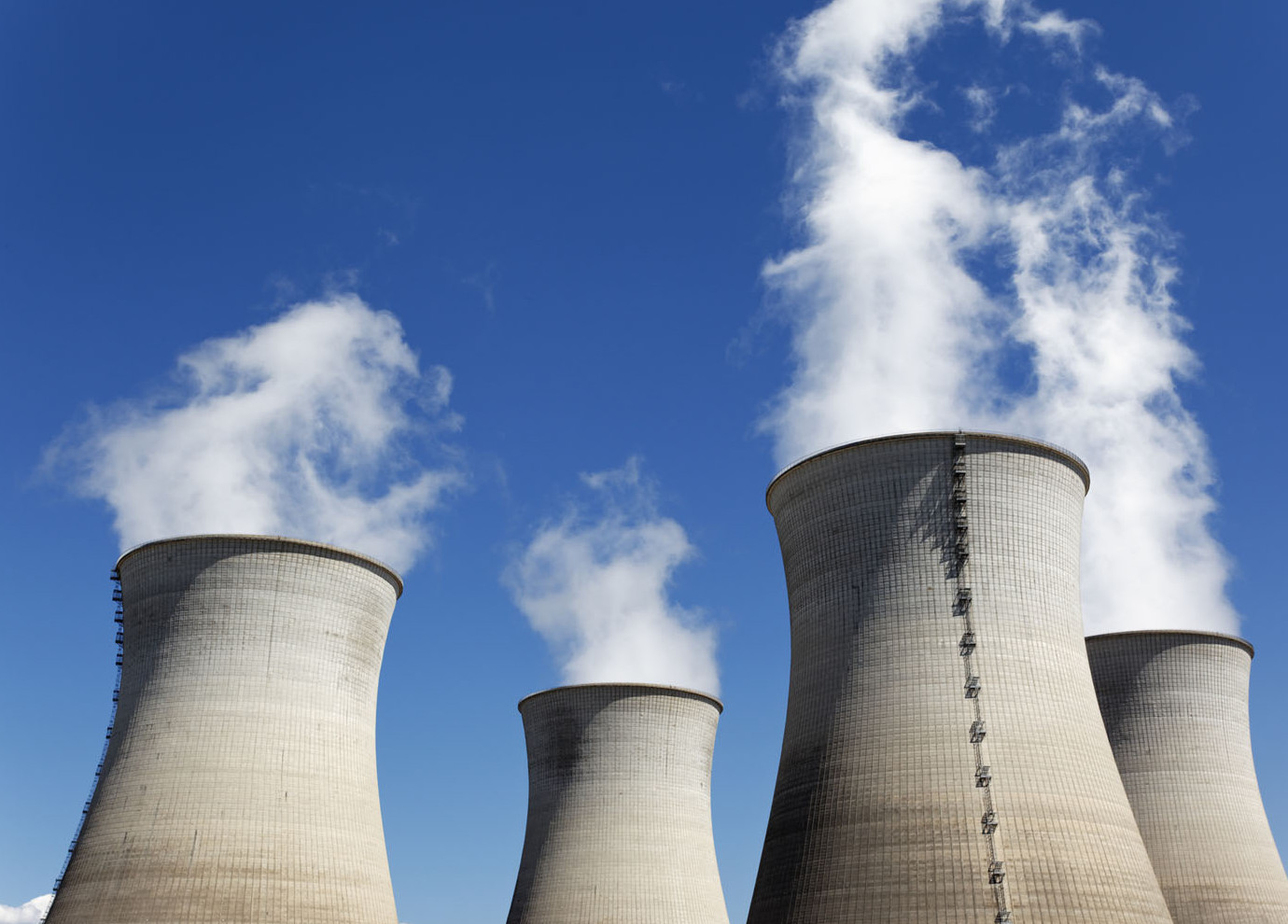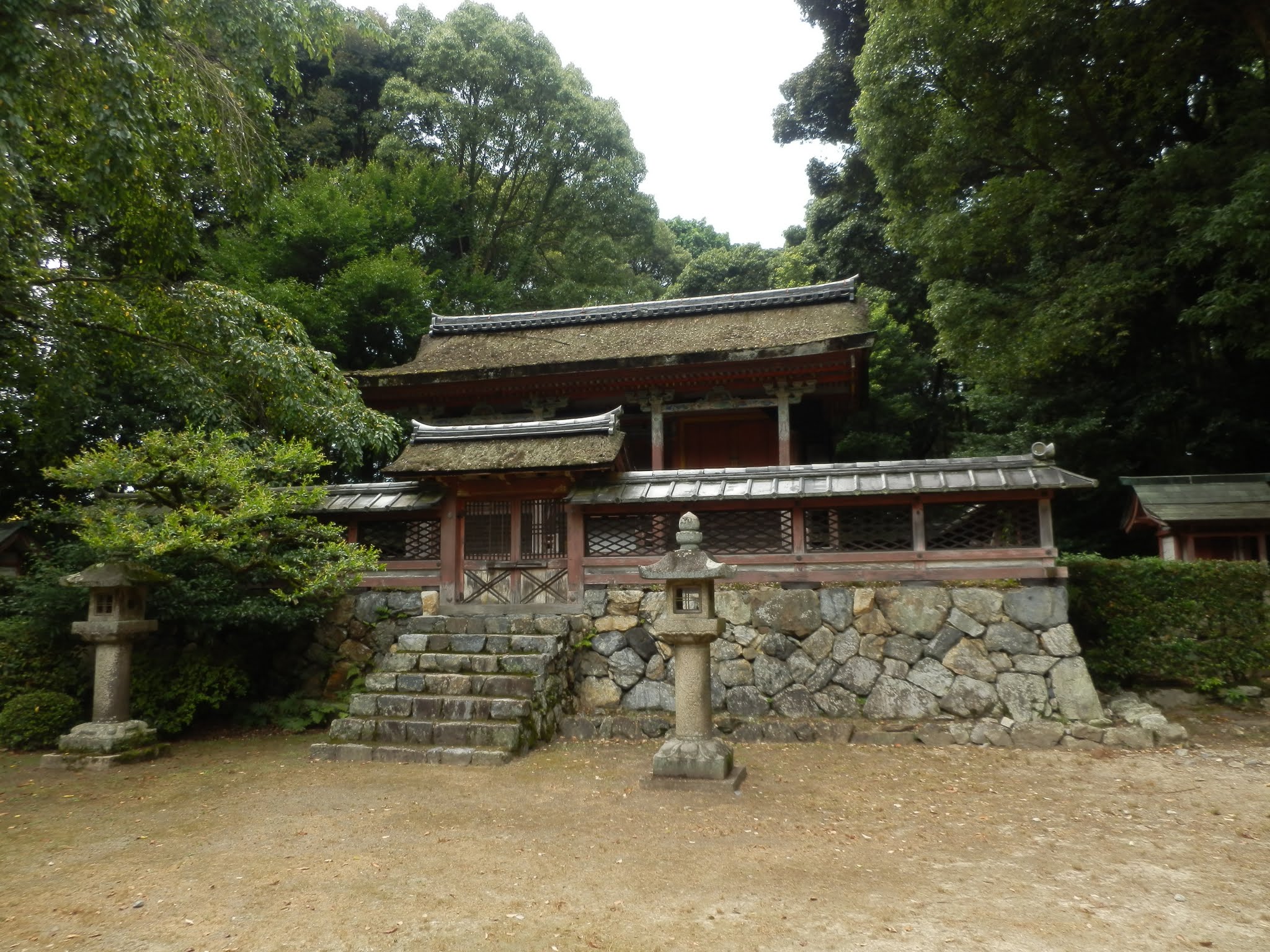Tokyo’s TPP Turning Point?
A confluence of international, bilateral, and domestic conditions has made Japan’s chances with the Trans-Pacific Partnership better than widely thought.
On April 23rd, US President Barack Obama met with Japanese Prime Minister Shinzo Abe in Tokyo. The first state visit by a sitting US president since Bill Clinton in 1996,Obama’s trip to Japan was meant to signal US-Japan unity at a time of growing tensions in Northeast Asia. Simultaneously, however, the Obama-Abe meeting served to highlight an unresolved challenge facing Asia’s most important alliance: the failure to conclude negotiations on the Trans-Pacific Partnership, or TPP.
The Abe government has framed TPP as a core component of Abenomics’ “third arrow†of structural reforms. Over a year after Japan’s entry into TPP negotiations, however, the United States and Japan are at an impasse that threatens to derail the free trade agreement (FTA). For Japan, this challenge has been driven by the very entity that TPP was meant to reform: trade barriers, with Japanese import duties on agricultural products proving to be particularly politically sensitive.
In spite of these challenges, the Abe government’s ability to come to an agreement on TPP is greater than widely thought. Abe has declared TPP to be Japan’s “last chance†to remain an economic power in Asia and shape the region’s future, noting that, “if Japan alone continues to look inward, we will have no hope for growth.†A confluence of international, bilateral, and domestic factors allows Abe to build on the momentum created by his meeting with Obama, putting Japan on the path to reviving long-term economic competitiveness.
With tensions in Northeast Asia reaching a post-Cold War high, Abe can capitalize on TPP’s timely strategic value in his efforts to pass the FTA. Growing concern over the threat of China and North Korea has inspired increased defense spending and enhanced military capabilities. TPP actively responds to this regional insecurity by increasing trade flows among its members, making them less dependent on trade with China and strengthening their position relative to their increasingly powerful neighbor. Resolution of US-Japan TPP negotiations also has the power to underscore Japanese leadership in the region and on the global stage by setting the gold standard for major trade deals, further enhancing Japanese security in an increasingly insecure region.
The current state of US-Japan relations further improves Japan’s chances with TPP by allowing Abe greater room for compromise. The challenges of Japan’s dynamic security environment have made the US-Japan alliance all the more important, with one senior Japanese official stating, “The only realistic path of survival for Japan now is to rely on the United States.†However, the past few months have seen a divide come between the two allies following Abe’s visit to the controversial Yasakuni Shrine and statements suggesting his government was considering revising a 1993 apology for Imperial Japan’s use of “comfort womenâ€. Tokyo appears mindful of the need for US goodwill in security matters, recently downplaying nationalism in an attempt to right soured bilateral and regional ties. In return,by connecting the defense of the Senkakus with the TPP negotiations, the Obama administration is reportedly considering how to draw maximum concessions from Japan. In this way, US pressure and Japanese concern provides an opportunity for Abe to negotiate past politically sensitive issues while minimizing blowback.
Even domestic politics, seen as a limit to TPP, have the potential to incentivize progress on the regional FTA. Abe has moved past something of a point of noreturn in his economic policies, and his popularity, though still strong by the standard of Japanese politicians, is likely to sink as a recent consumption tax hike takes effect. By striking while the iron is hot, the Abe government benefits from the expectation that Japan will have a stable, Abe and LDP-led government for at least two years until both Houses of the Diet face general elections in 2016. Furthermore, a TPP deal would substantially boost confidence in the Japanese economy, likely causing the Japanese stock market to soar as disillusioned foreign investors pile back into the market. Ultimately, with the economy perceived as the key issue by Japanese voters, success with TPP has the potential to redouble Abe’s domestic support.
Concluding US-Japan negotiations remains a challenge, but the conditions are right and the conclusion is closer than ever before. Important progress was made during Obama’s visit, with Japanese negotiators finally agreeing to a framework that balances future tariff reductions against quicker market access gains. Japan and the United States found “a path forward on the various issues,†Abe told reporters, declaring “I want Japan and the U.S. to take a leading role from now on in encouraging other countries to reach a conclusion on the TPP negotiations.†In building on beneficial international, bilateral, and domestic conditions, and on progress made in his meeting with Obama, Abe can show the world that not only is TPP is moving forward, but also that, per Abe’s declaration, “Japan is back.â€
Taylor M Wettach





